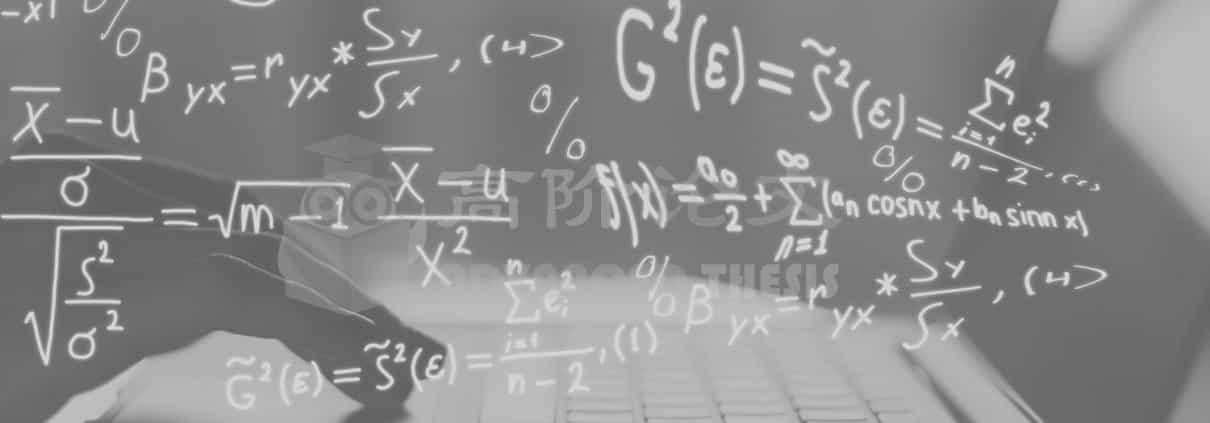英国艾塞克斯大学论文代写:绘画浅析
英国艾塞克斯大学论文代写:绘画浅析
这幅画一般被认为是《创世纪》中提到的,上帝以自己的形象创造了人类。人们常说,米开朗基罗可能是画出了一幅画的灵感,他描绘了一幅描绘了一个穿着不穿衣服的奥古斯都·凯撒的画像。红衣主教多梅尼科·格里马尼(Domenico Grimani)拥有该公司(cameo),目前居住在诺森伯兰(Northumberland)的阿恩维克城堡(Alnwick Castle)。格里马尼和米开朗基罗是朋友的事实往往支持这一理论。在达·芬奇之后,米开朗基罗被认为是少数具有精确科学和解剖学知识的历史大师之一。
上帝和一些数字的红褐色概述边界定位在他的保护下被提出为持有混凝土与人体解剖学的详细审查假说认为绘画的概述边界关联到主大脑沟,在人类大脑的一部分,内外基部的动脉,大脑额叶、脑干、视交叉和脑下垂体。红棕色布作为背景的神在这幅画的位置或者建议熊相似人类子宫和绿色头皮屑挂出来可能是描述的一个新剪脐带,新出生或生活的暗示。
这是对人类出生的解剖学描述,解释了亚当身体上的肚脐,但与亚当是上帝创造而不是由女人生的理论形成了鲜明的对比。然而,绘画的不同假设的分析表明,这一事件中描述这幅画是一个崇高的过去、现在和未来,它驻留在按照自己被上帝创造人类的镜像图像,其次是系统的连续性的过程已经开始于是人类出生和生活。
英国艾塞克斯大学论文代写:绘画浅析
The reddish-brown outlining border in which God and some figures under his protection are positioned has been hypothesised as holding a concrete resemblance to human anatomy A detailed scrutiny of the hypothesis has suggested that the painting’s outlining borders correlate to the primary cerebrum’s sulci, within the outer and inner part of the human brain, basilar artery, frontal lobe, brain stem, optic chiasm and pituitary gland. The reddish brown cloth serving as the background border of the position of God in the painting has been alternatively suggested to bear a resemblance to human uterus and that the greenish scurf which hangs out may be a depiction of a newly cut umbilical cord, suggestive of a new birth or life.
It is an anatomical portrayal of human birth that explains the navel on Adam’s body, but resides in contrast with the theory that Adam was created by God and not born of a woman. However, a distinct hypothetical analysis of the painting suggests that the incident depicted in the painting is a sublime blend of past, present and future, which resides in accordance with the creation of humanity by God mirroring his own images, followed by the systematic continuity of the process of human birth and life to have begun thereupon.







